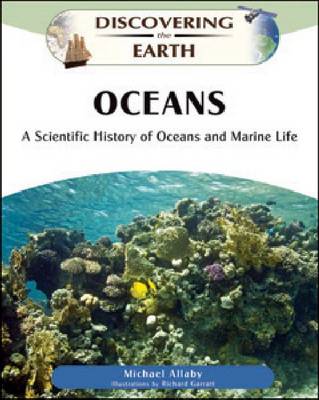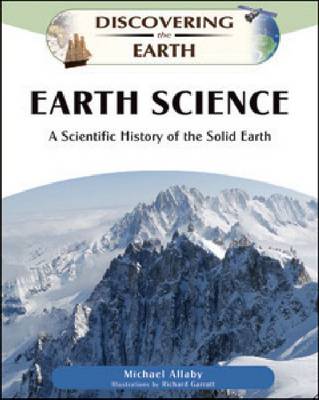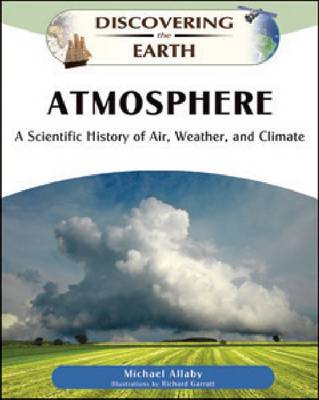Discovering Earth
3 total works
Oceans cover almost 71 percent of the Earth's surface. Travelers on land can find their way by recognizing landmarks and navigating with the help of maps, but there are no landmarks at sea and mariners must find other signposts to guide them. Many centuries ago, navigators learned to steer...Read more
Oceans cover almost 71 percent of the Earth's surface. Travelers on land can find their way by recognizing landmarks and navigating with the help of maps, but there are no landmarks at sea and mariners must find other signposts to guide them. Many centuries ago, navigators learned to steer by the sun and stars and by compasses that align themselves with the Earth's magnetic field. Equipped with simple instruments, surveyors defined the boundaries of the ocean while scientists mapped the ocean currents. Oceans explores some of the mapmakers, scientists, and adventurers who dedicated their lives to improving our understanding of the oceans. This new resource begins with the long process of mapping the oceans and the many problems that had to be solved before this could be achieved satisfactorily. This full-color book details some of the greatest surveyors and mapmakers, including Captain James Cook and Robert FitzRoy, as well as some of the explorations that made a huge impact on ocean research. Ocean basins are also examined in this comprehensive resource. The chapters include: Mapping the Oceans, The Origin of the Oceans, Studying the Ocean Floor, Measuring the Depth and Flow, Journeys to the Bottom of the Sea, Life in the Abyss, Monsters, and Modern Explorers.
Amidst all of the news stories of threats and damage to the natural environment, there are scientists working to understand more about the world and to protect it from avoidable harm. Botanists, zoologists, ecologists, geologists, volcanologists, seismologists, geomorphologists, meteorologists, climatologists, oceanographers, and many more are all environmental scientists in...Read more
Amidst all of the news stories of threats and damage to the natural environment, there are scientists working to understand more about the world and to protect it from avoidable harm. Botanists, zoologists, ecologists, geologists, volcanologists, seismologists, geomorphologists, meteorologists, climatologists, oceanographers, and many more are all environmental scientists in their own different ways, and their work has contributed greatly to the study of Earth science. Exploring such topics as the size of the Earth and how its lands and seas are distributed, ""Earth Science"" discusses the history of this planet, from the study of fossils to the development of the theory of plate tectonics. This exciting new book examines the Earth's history and how it came to be divided into the episodes making up the geologic time scale and includes the present version of that time scale. Full-color photographs, sidebars, and further reading complete this accessible resource.
People have been at the mercy of weather since they first learned to cultivate plants and raise domesticated animals. A single hailstorm can destroy a crop. Alternatively, enough rain at the right time mixed with sun will ripen plants and create an abundant harvest. Because it is a matter...Read more
People have been at the mercy of weather since they first learned to cultivate plants and raise domesticated animals. A single hailstorm can destroy a crop. Alternatively, enough rain at the right time mixed with sun will ripen plants and create an abundant harvest. Because it is a matter of life and death, people have tried to understand weather patterns throughout history. Interesting theories of weather phenomena have since evolved from the notion that supernatural beings were attributed to atmospheric conditions and could bring suffering and death. The scientific study of the atmosphere was born more than 2,000 years ago in Greece, as philosophers realized that weather patterns had more to do with natural processes than with the intervention of gods. ""Atmosphere"" tells the story of the atmospheric sciences, beginning with the recognition that air is a material substance - a mixture of gases - and describes the unraveling of its chemical composition. This new resource examines the invention of the barometer and thermometer, which are the most basic of meteorological instruments, and how they came to be calibrated by Daniel Fahrenheit and Anders Celsius. Complete with full-color photographs, sidebars, and further reading, ""Atmosphere"" is an essential book for students interested in the atmospheric sciences.


